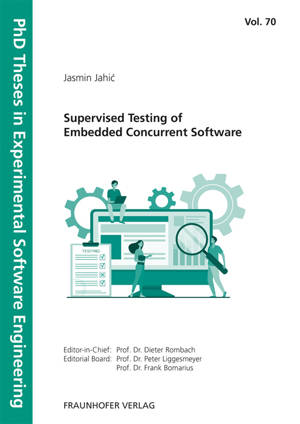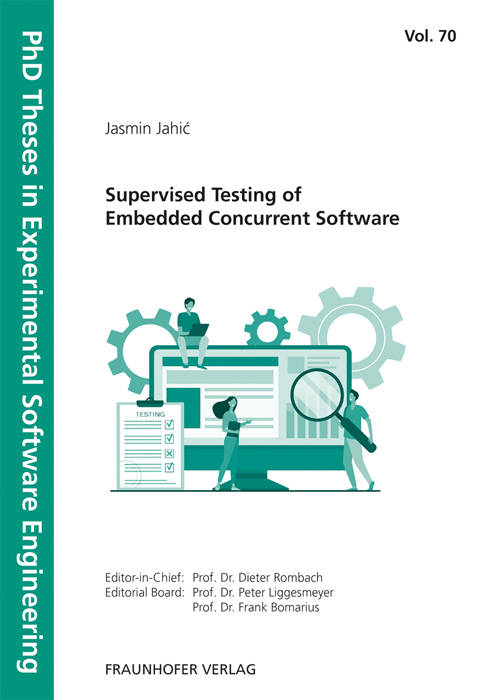
Je cadeautjes zeker op tijd in huis hebben voor de feestdagen? Kom langs in onze winkels en vind het perfecte geschenk!
- Afhalen na 1 uur in een winkel met voorraad
- Gratis thuislevering in België vanaf € 30
- Ruim aanbod met 7 miljoen producten
Je cadeautjes zeker op tijd in huis hebben voor de feestdagen? Kom langs in onze winkels en vind het perfecte geschenk!
- Afhalen na 1 uur in een winkel met voorraad
- Gratis thuislevering in België vanaf € 30
- Ruim aanbod met 7 miljoen producten
Zoeken
Omschrijving
Scientists and practitioners have developed approaches for testing sequential software. However, there is a gap in the current state of the art regarding the understanding and formulation of a general approach for testing concurrent software, especially in domains that limit concurrency, such as the domain of embedded software systems. Consequently, testing approaches fail to separate faulty and correct behavior of such software, leading to many false warnings. Besides, as there exist no appropriate code coverage criteria for concurrent software, existing approaches can miss some concurrency faults. This dissertation presents a generalized model of an approach for finding concurrency bugs, based on a systematic literature review. By comparing the generalized model and architectural drivers in embedded systems, this work identifies key reasons why the existing approaches report too many false warnings when testing embedded concurrent software. For these challenges, this work offers solutions in terms of enhancements to: i) the existing analysis algorithms, ii) the execution tracing techniques, and iii) coverage of concurrent software interleavings.
Specificaties
Betrokkenen
- Auteur(s):
- Uitgeverij:
Inhoud
- Aantal bladzijden:
- 196
- Taal:
- Engels
- Reeks:
- Reeksnummer:
- nr. 70
Eigenschappen
- Productcode (EAN):
- 9783839616833
- Uitvoering:
- Paperback
- Afmetingen:
- 160 mm x 20 mm
- Gewicht:
- 343 g

Alleen bij Standaard Boekhandel
+ 120 punten op je klantenkaart van Standaard Boekhandel
Beoordelingen
We publiceren alleen reviews die voldoen aan de voorwaarden voor reviews. Bekijk onze voorwaarden voor reviews.









